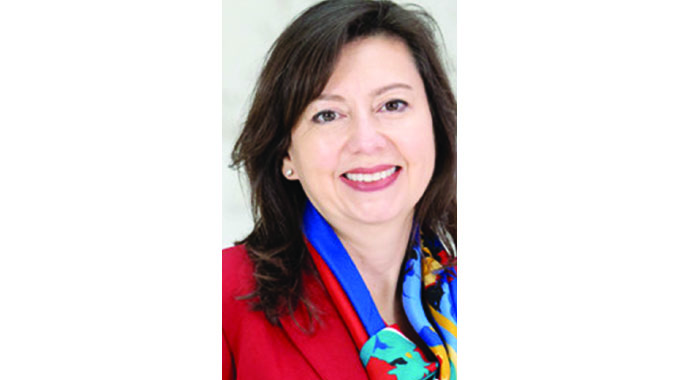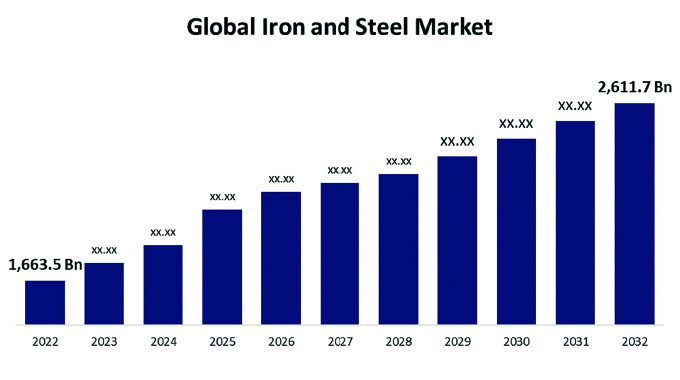USD to improve Sadc payment system

Danai Majaha Herald Correspondent
The introduction of the United States dollar as a trading currency on the southern African regional payment system is expected to improve the settlement of transactions among banks within the region. According to the Southern African Development Community (Sadc) Secretariat, the US dollar is expected to be added as a trading currency by October, while other currencies including Sadc currencies will be considered as the payment system progresses.
The current settlement currency for the Sadc Integrated Regional Electronic Settlement System (SIRESS), is the South African Rand (ZAR). The system is housed at the South African Reserve Bank.
The SIRESS is a regional electronic payment system developed by member states to settle cross-border transactions faster without having to rely on intermediary banks from outside the region.
For example, where transactions previously took two to three days to clear, now they are cleared within 24 hours and fees paid to non-Sadc clearing banks are saved.
The SIRESS was established in July 2013 and piloted in four countries — Lesotho, Namibia, South Africa and Swaziland. The system has now been extended to 10 other Sadc countries.
According to the South African Reserve Bank, around 60 percent of cross-border transactions in Sadc are denominated in US dollars, 35 percent in ZAR and the rest in other currencies.
The US dollar transactions are currently settled through correspondent banking arrangements using USD correspondent banks.
Since the launch of SIRESS in 2013, the volume of transactions traded on the system has increased significantly, and reached the R1 trillion (about US$81 billion) mark in April 2015.
Another milestone was achieved in April 2016 when the volume reached the ZAR2 trillion mark, while the ZAR3 trillion worth of transactions was attained by March 2017.
Sadc Executive Secretariat, Dr Stergomena Lawrence Tax told the Sadc Council of Ministers held in late March in South Africa that “to-date over a million transactions representing ZAR4,09 trillion have been settled using the system.”
The main benefits of the system are its efficiency and reduction in costs because previously the transactions would go through a correspondent bank.
The elimination of an intermediary — often a United States or European correspondent bank — means money stays in the region and payments are processed faster.
Most banks in Sadc member states, except Madagascar and the newest member the Union of Comoros, are part of the SIRESS.
Madagascar has indicated its intention to join SIRESS soon, while admission of Comoros as a Sadc member state is expected to increase the number of participating banks on the platform.
The development of SIRESS is in line with the Sadc Protocol on Finance and Investment which aims to improve the regional investment climate through enhanced cooperation among member states on payment, clearing and settlement systems in order to facilitate trade integration. — Sadc Today.








Comments